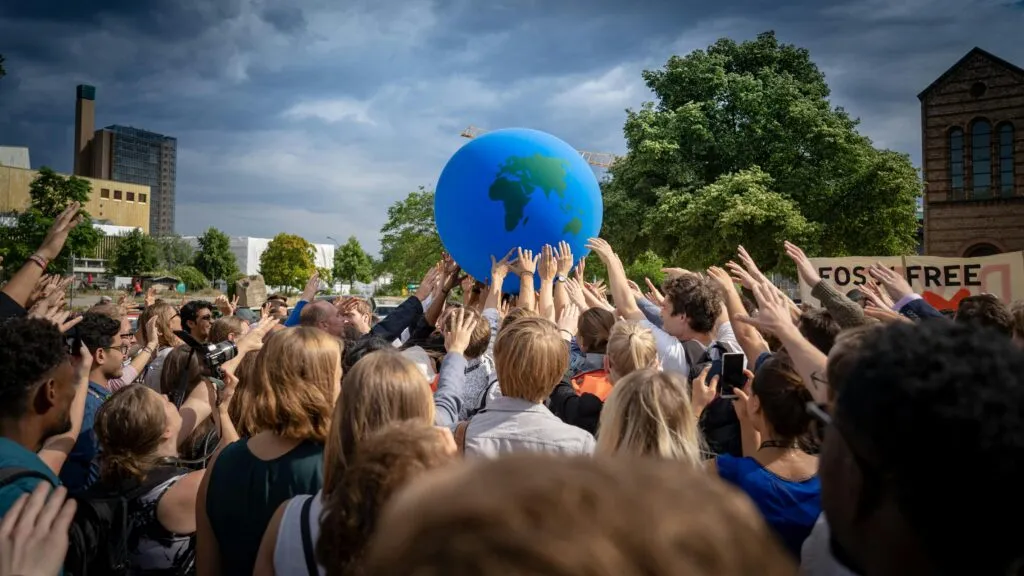
Sustainable Meetings & Events | Create Lasting Impact
In an era where environmental consciousness is no longer optional but essential, the meetings and events industry is undergoing a powerful shift. Organizations and planners are increasingly embracing sustainable practices to reduce environmental footprints, support local communities, and create lasting, meaningful experiences for attendees.
What Are Sustainable Meetings & Events?
Sustainable events are those that are designed, organized, and executed with a conscious effort to minimize negative environmental, social, and economic impacts. This includes everything from waste reduction and energy efficiency to ethical sourcing and community engagement.
A sustainable meeting is not just “green”—it’s responsible, thoughtful, and intentional.
Why Sustainability Matters in Events
Events—whether conferences, corporate retreats, or product launches—can generate significant waste, energy consumption, and travel-related carbon emissions. But they also offer a powerful platform for education, innovation, and leadership. By aligning events with sustainability goals, organizations demonstrate corporate responsibility, improve brand image, and inspire change.
Benefits of Sustainable Event Planning:
- Reduced costs through efficiency and waste reduction
- Improved attendee experience with thoughtful amenities and healthier environments
- Brand enhancement by aligning with global values and ESG goals
- Community impact by sourcing locally and supporting regional economies
Key Strategies for Sustainable Event Planning
1. Choose Green Venues
Opt for hotels or event spaces with sustainability certifications (e.g., LEED, EarthCheck). These venues often use renewable energy, water conservation systems, and eco-conscious waste management.
2. Go Digital
Reduce paper use by switching to digital invitations, agendas, and signage. Mobile apps and QR codes can replace traditional materials while improving accessibility and engagement.
3. Sustainable Catering
Use seasonal, locally-sourced ingredients, minimize food waste, and avoid single-use plastics. Donate leftovers to local shelters or compost biodegradable waste.
4. Eco-Friendly Transportation
Encourage carpooling, cycling, or public transport, and offset carbon emissions for flights. Providing shuttle buses or electric vehicle charging stations can further reduce impact.
5. Smart Waste Management
Implement clearly labeled waste sorting stations. Collaborate with vendors to use recyclable or compostable materials and reduce packaging.
6. Involve the Community
Support local artisans, NGOs, and businesses as vendors or performers. Not only does this cut down on logistics emissions, but it also creates authentic connections with the destination.
7. Track and Report
Measure your event's environmental impact—carbon footprint, waste reduction, energy use—and share the results with stakeholders. Transparency encourages accountability and continuous improvement.
Creating a Lasting Impact
Sustainability is not just a checkbox; it’s a mindset shift. When events reflect an organization’s commitment to the planet and its people, they become more than just gatherings—they become catalysts for change.
By making conscious choices, planners can inspire attendees, influence industries, and create events that leave a legacy, not a footprint.
Your next event? Let it be a greener gathering !!





